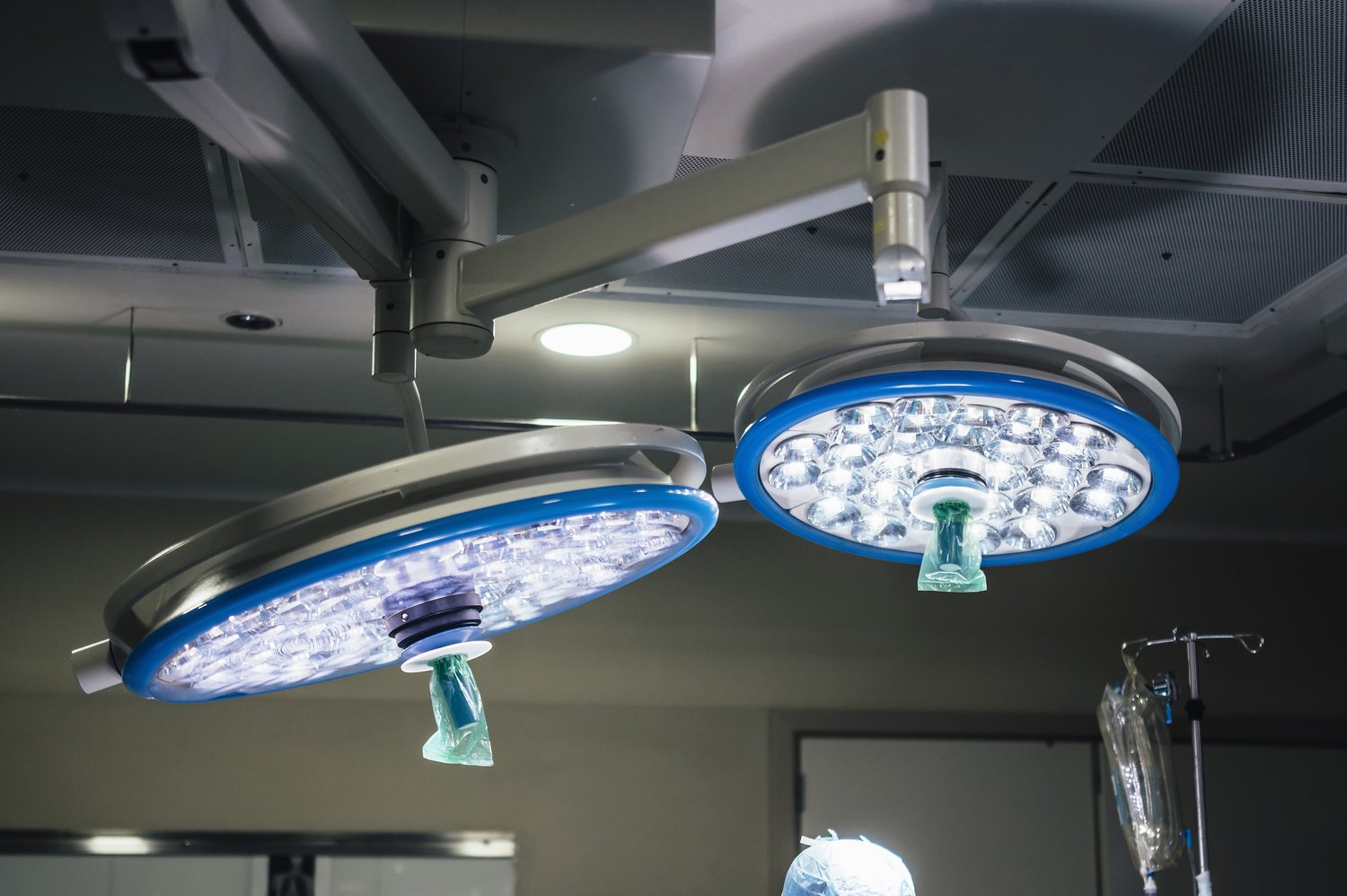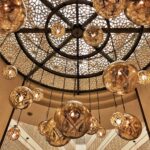Understanding Light Sources and Their Impact
Light sources play a crucial role in our daily lives. They illuminate our homes, offices, and public spaces. The right lighting can enhance productivity, mood, and overall well-being. Traditional incandescent bulbs are being phased out due to their inefficiency. Fluorescent lights, while more energy-efficient, contain mercury and can be harsh on the eyes. LED technology has revolutionized the lighting industry. Light sources https://onninen.pl/en/products/Lighting/Light-sources come in various forms, each with unique characteristics. LED lights offer numerous advantages, including energy efficiency, longevity, and versatility.
The average LED bulb lasts 25,000 hours, compared to 1,200 hours for incandescent bulbs. LEDs consume up to 90% less energy than traditional bulbs. This translates to significant cost savings over time. Led sources are available in a wide range of color temperatures, from warm white to cool daylight. They can be dimmed and controlled remotely, offering unprecedented flexibility. Unlike fluorescent lights, LEDs turn on instantly and don’t flicker. These features make led sources https://onninen.pl/en/products/Lighting/Light-sources/LED-sources ideal for both residential and commercial applications.
When choosing light sources, consider factors such as lumens, color rendering index (CRI), and beam angle. Lumens measure brightness, with higher numbers indicating brighter light. CRI indicates how accurately colors appear under the light, with 100 being perfect. A CRI of 80 or above is generally considered good for most applications. Beam angle determines the spread of light, ranging from narrow spots to wide floods. By understanding these concepts, you can select the most appropriate lighting for your specific needs.
Exploring E27 and GU10 LED Bulbs
E27 led bulbs are among the most common types of LED lighting. The “E” stands for Edison screw, while “27” refers to the diameter in millimeters. These bulbs fit standard light sockets found in most homes. E27 led bulbs https://onninen.pl/en/products/Lighting/Light-sources/LED-sources/E27-230V-LED-bulbs come in various wattages and color temperatures. They’re ideal for general lighting in living rooms, bedrooms, and kitchens. A typical 9-watt E27 LED bulb can replace a 60-watt incandescent bulb, providing the same brightness while using significantly less energy.
GU10 led bulbs feature a twist-and-lock base, commonly used in recessed lighting and track lights. These bulbs are popular in kitchens, bathrooms, and accent lighting applications. GU10 led bulbs https://onninen.pl/en/products/Lighting/Light-sources/LED-sources/GU10-230V-LED-bulbs typically have a narrower beam angle than E27 bulbs, making them suitable for directional lighting. They’re available in various wattages, with a 5-watt GU10 LED often replacing a 50-watt halogen bulb. This results in energy savings of up to 90% while maintaining the same light output.
When selecting LED bulbs, consider the following factors:
- Lumens: Choose based on desired brightness (e.g., 800 lumens for a living room)
- Color temperature: Warm white (2700-3000K) for cozy ambiance, cool white (4000-5000K) for task lighting
- Dimming compatibility: Ensure your bulbs work with existing dimmer switches
- Beam angle: Wide (120°) for general lighting, narrow (25-40°) for accent lighting
- Energy efficiency: Look for Energy Star certification for guaranteed quality and efficiency
By considering these factors, you can choose the right LED bulbs for your specific lighting needs.
The Versatility of LED Tubes
LED tubes are an excellent replacement for traditional fluorescent tubes. They offer superior energy efficiency and light quality. Led tubes https://onninen.pl/en/products/Lighting/Light-sources/LED-sources/LED-tubes come in various lengths and wattages to fit existing fixtures. A typical 18-watt LED tube can replace a 36-watt fluorescent tube, providing the same light output. This results in a 50% reduction in energy consumption. LED tubes have a lifespan of up to 50,000 hours, significantly longer than fluorescent tubes’ 10,000-hour average.
One key advantage of LED tubes is their instant-on capability. Unlike fluorescent tubes, they don’t require warm-up time and reach full brightness immediately. LED tubes also operate silently, without the buzzing often associated with fluorescent lights. They’re available in various color temperatures, allowing you to create the desired ambiance in different spaces. Cool white (4000-5000K) is often preferred for office and retail environments, while warmer tones (3000-3500K) are suitable for residential areas.
When installing LED tubes, consider the following options:
- Direct replacement: Simply replace the fluorescent tube with an LED tube (may require bypassing the ballast)
- Retrofit kits: Replace the entire fixture interior while keeping the existing housing
- New LED fixtures: Install completely new LED-specific fixtures for optimal performance
Each option has its pros and cons in terms of cost, ease of installation, and performance. Consult with a lighting professional to determine the best approach for your specific situation. By upgrading to LED tubes, you can significantly reduce energy costs and improve lighting quality in your space.





